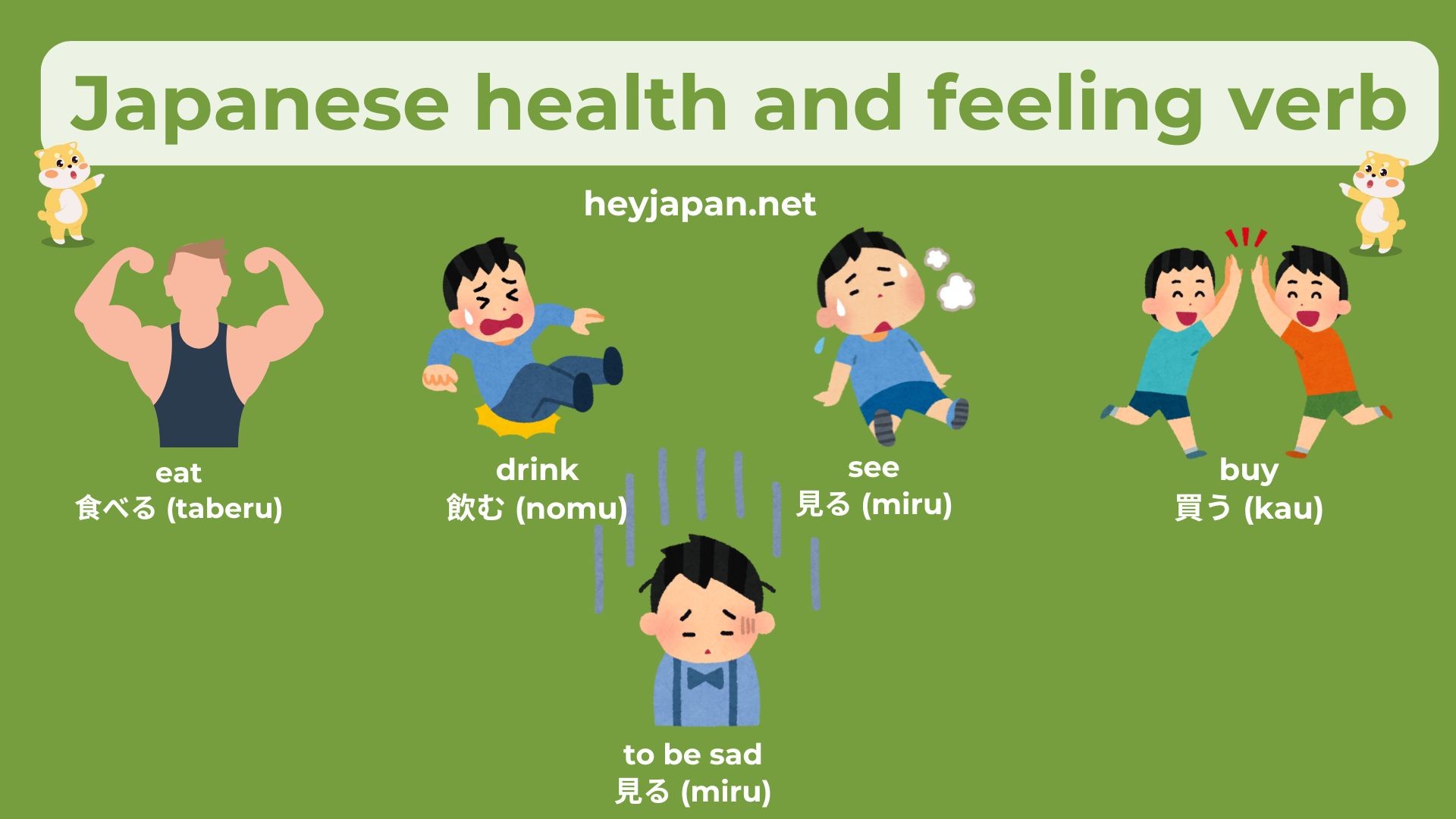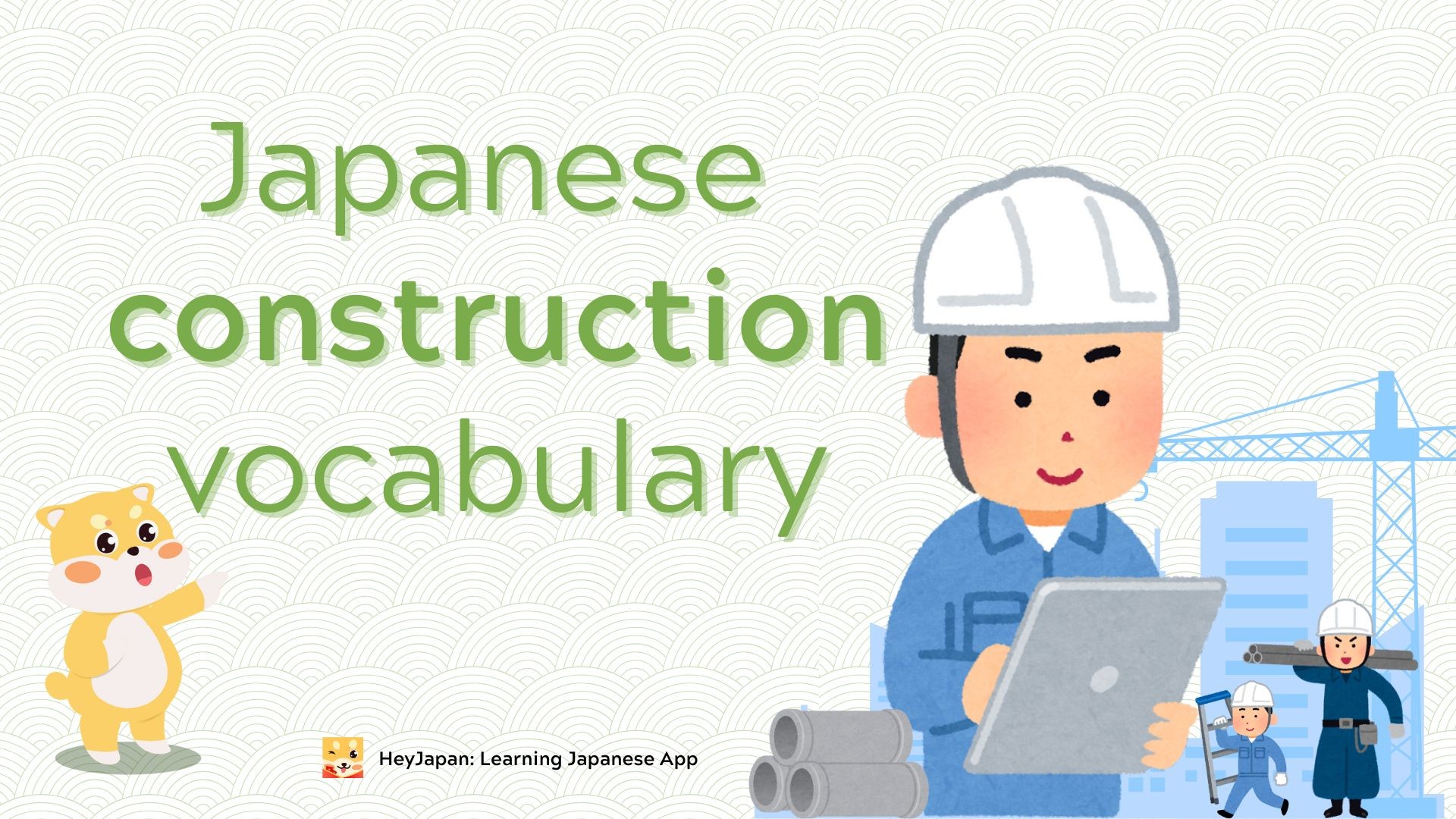- Common Japanese Verbs
- Daily Life Verbs
- Action Verbs
- Travel and Direction Verbs
- Work and Study Verbs
- Health and Feeling Verbs
- How Japanese Verbs Work
Verbs in Japanese play a central role in sentence structure, and understanding how they function, their conjugations, and the different verb groups is key to mastering the language.
Common Japanese Verbs
Daily Life Verbs
These verbs are frequently used in everyday situations.

Example Sentences:
- 朝ご飯を食べます。 (Asa gohan o tabemasu.) → I eat breakfast.
- スーパーで買い物をします。 (Sūpā de kaimono o shimasu.) → I go shopping at the supermarket.
Action Verbs
These verbs describe physical and mental actions.
- 走る (hashiru) – to run
- 話す (hanasu) – to speak
- 作る (tsukuru) – to make
- 覚える (oboeru) – to memorize
- 読む (yomu) – to read
- 書く (kaku) – to write
- 聞く (kiku) – to ask, to listen
Example Sentences:
- 毎朝ランニングをします。 (Maiasa ranningu o shimasu.) → I go for a run every morning.
- 本を読みます。 (Hon o yomimasu.) → I read a book.
Travel and Direction Verbs
Verbs related to travel and giving directions are highly useful for those traveling in Japan.
- 行く (iku) – to go
- 来る (kuru) – to come
- 帰る (kaeru) – to return
- 乗る (noru) – to ride
- 降りる (oriru) – to get off
Example Sentences:
- 電車に乗ります。 (Densha ni norimasu.) → I take the train.
- 明日、日本に行きます。 (Ashita, Nihon ni ikimasu.) → I am going to Japan tomorrow.
Work and Study Verbs
These verbs are related to work, study, and learning.
- 働く (hataraku) – to work
- 勉強する (benkyō suru) – to study
- 教える (oshieru) – to teach
- 学ぶ (manabu) – to learn
- 準備する (junbi suru) – to prepare
Example Sentences:
- 毎日会社で働きます。 (Mainichi kaisha de hatarakimasu.) → I work at the office every day.
- 日本語を勉強しています。 (Nihongo o benkyō shiteimasu.) → I am studying Japanese.
Health and Feeling Verbs
Useful for discussing well-being and emotions.

Example Sentences:
- 今日は元気です。 (Kyō wa genki desu.) → I’m feeling fine today.
- 頭が痛いです。 (Atama ga itai desu.) → My head hurts.
How Japanese Verbs Work
In Japanese, verbs are the backbone of a sentence. They are typically placed at the end of the sentence, and the meaning of the sentence often depends on the verb conjugation. Japanese verbs are divided into three main groups, and they follow different conjugation patterns.
Verb Groups:
- Group 1 – Godan Verbs (五段動詞): These verbs are also known as u-verbs, and they conjugate with various endings. Example: 書く (kaku) – to write.
- Group 2 – Ichidan Verbs (一段動詞): Also called ru-verbs, these verbs end in -ru and are conjugated by dropping the -ru. Example: 食べる (taberu) – to eat.
- Group 3 – Irregular Verbs (不規則動詞): These verbs are exceptions and don't follow the regular conjugation rules. Example: する (suru) – to do, 来る (kuru) – to come.
Verb Tenses and Forms:
- Present tense: Indicates actions happening currently or in the future.
Example: 行く (iku) – to go. - Past tense: Describes actions that have already occurred.
Example: 行った (itta) – went. - Negative form: Expresses actions that are not happening.
Example: 行かない (ikanai) – not going. - Te-form: Used to link verbs or to request actions.
Example: 行って (itte) – go (used when connecting with another verb).
Learn more:








